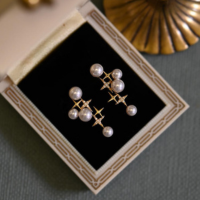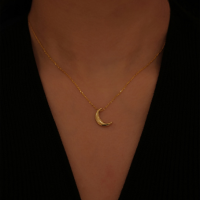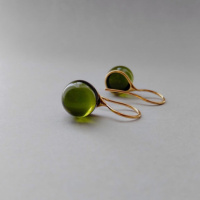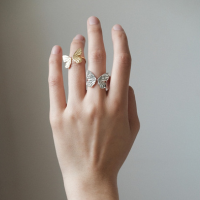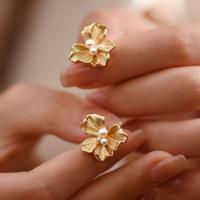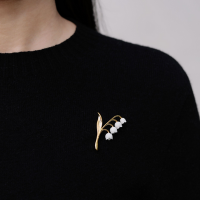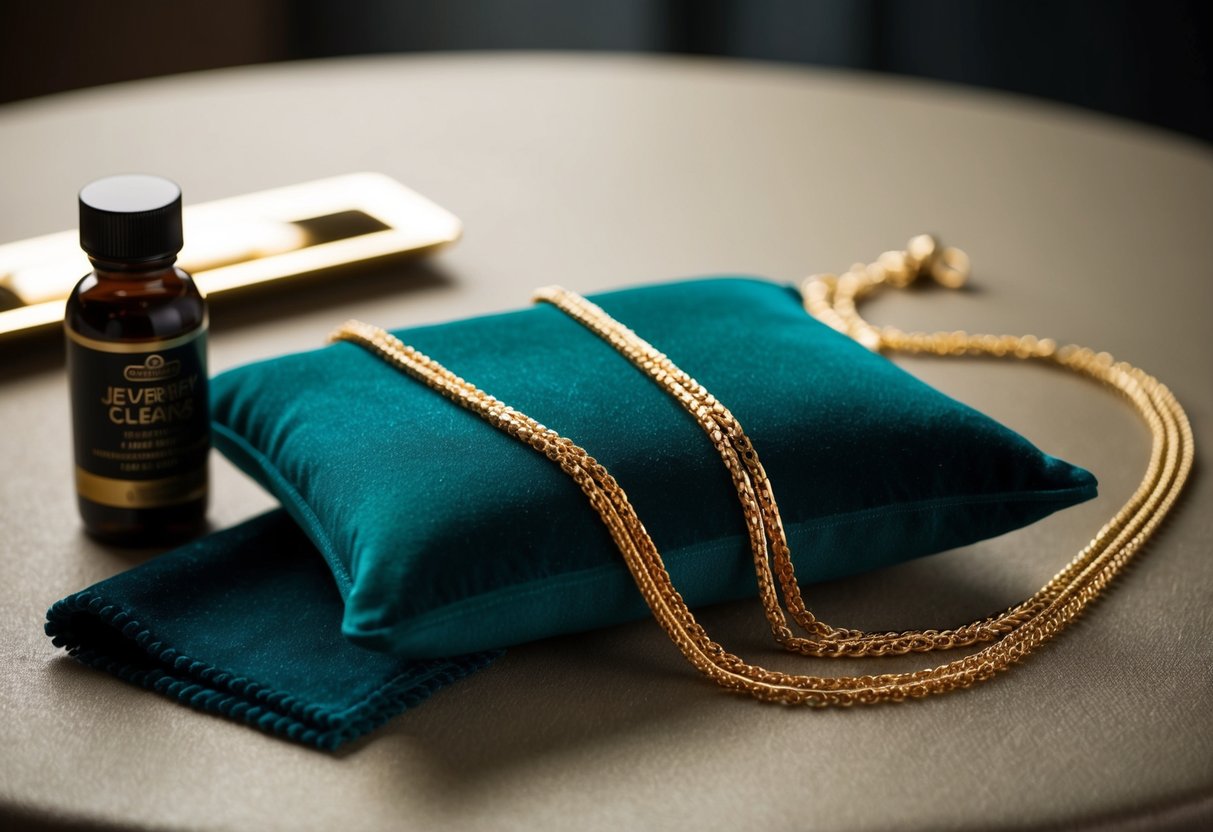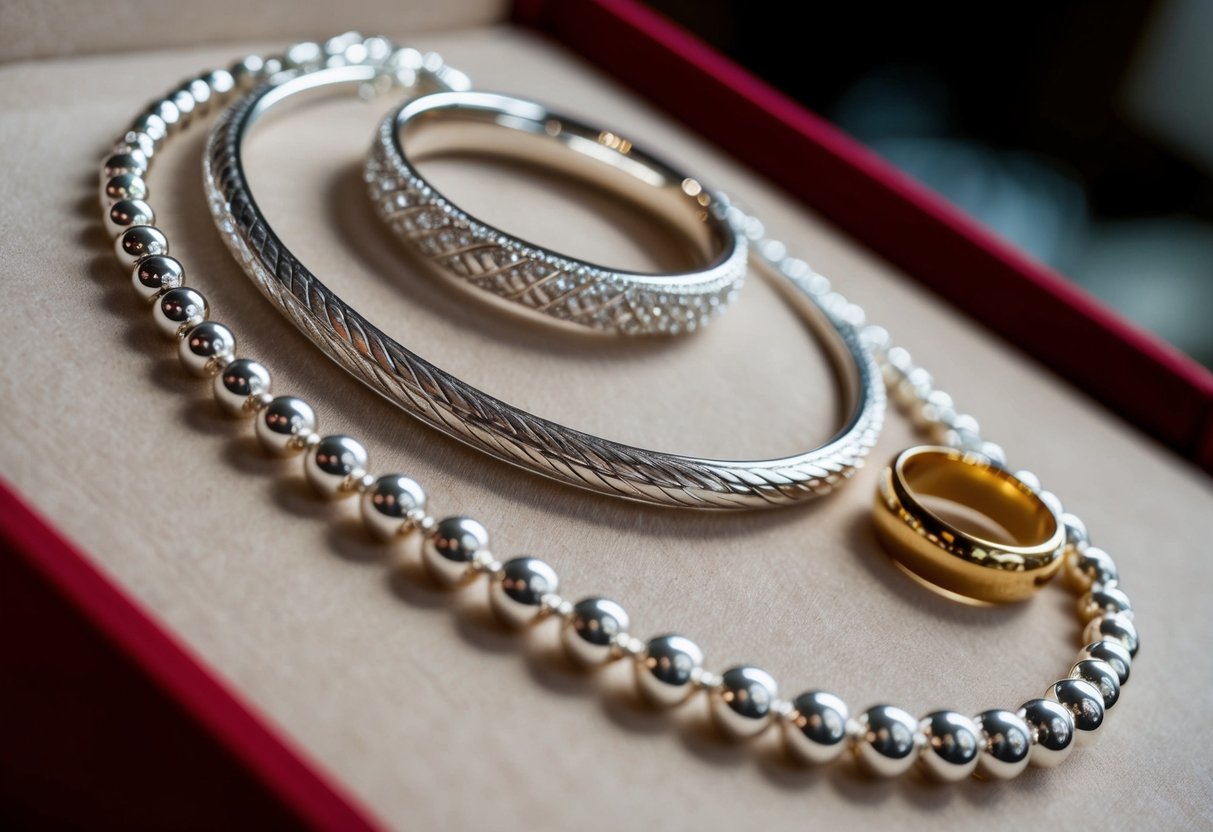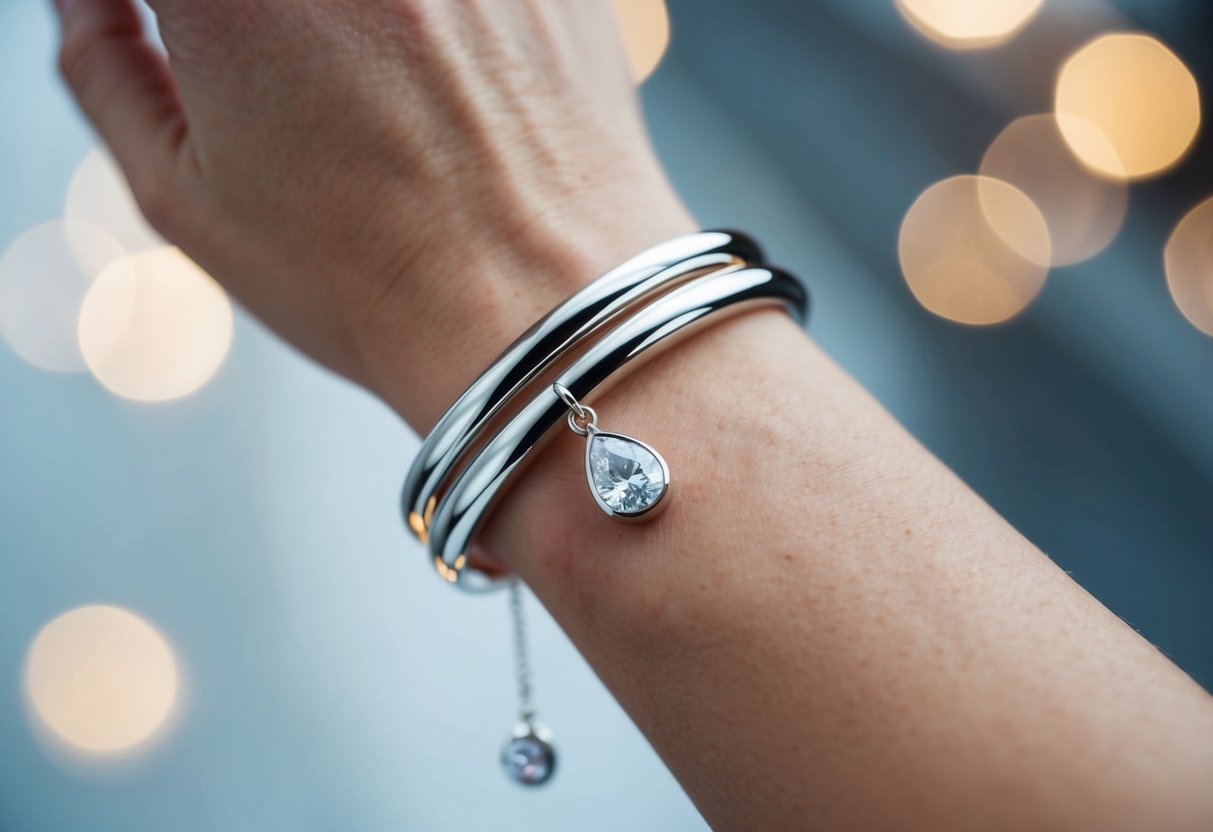
Is Permanent Jewelry Safe
Check out our personalized jewelry collections! (kids drawing jewelry, coin jewelry, wire jewelry, fingerprint jewelry, handwriting jewelry, and more)
Have you ever wondered about the safety of permanent jewelry? Many people choose it for its convenience—it doesn’t need to be taken off when showering or sleeping. Yes, permanent jewelry is generally safe, but it’s important to know the details.
There are a few things to consider before getting permanent jewelry. It is attached to your skin, so it should be applied by a professional to avoid any skin irritation or infection. Safe materials used in these pieces can further reduce any risks.
We find that permanent jewelry also has some great benefits and potential concerns. While permanent jewelry offers a hassle-free experience of not needing to remember to put on your favorite piece, it's essential to consider the challenges of adjusting or removing it later. Doing some research can help us decide if it's right for us.
Key Takeaways
- Permanent jewelry is generally safe if professionally applied.
- It offers benefits but needs careful consideration regarding skin health.
- Think about future removal or alterations when choosing permanent jewelry.
What Is Permanent Jewelry
Permanent jewelry is a stylish trend in which pieces, like bracelets or necklaces, are soldered directly onto the wearer, eliminating the need for clasps. It offers a unique, personalized look that many find appealing in the world of fashion.
Definition and Concept
Permanent jewelry refers to accessories that stay on you until you decide to remove them. They're often crafted from durable materials like gold or silver. By using specialized techniques, jewelers weld these pieces closed. This creates a seamless design that wraps around your body comfortably.
The idea behind permanent jewelry is to offer a custom and continuous connection. Unlike traditional jewelry, which can be removed, permanent pieces become part of your everyday style. They are perfect for those who love to wear the same piece every day.
Types of Permanent Jewelry
There are different types of permanent jewelry, each designed for various preferences. Bracelets are the most common, providing a consistent addition to any outfit. They're often simple yet elegant. Necklaces are also popular, usually featuring delicate chains that lie naturally on the skin.
Some opt for anklets or rings since they offer a subtle statement. They can be mixed and matched to create a layered look. Materials used can range from classic gold and silver to more unique options, ensuring there’s something for everyone’s taste.
Safety Considerations
When it comes to permanent jewelry, we need to think about potential allergic reactions, how the jewelry is secured, and any long-term skin issues. Safety is a top priority.
Materials and Allergic Reactions
Permanent jewelry uses various materials, including gold, silver, and platinum. Each metal can affect our skin differently. Some people might be allergic to metals like nickel, which can cause a rash or irritation.
We recommend choosing hypoallergenic materials. They're less likely to trigger allergies. Checking the metal quality and sourcing is important, too. Trusted jewelers usually offer detailed info about the metals they use so we can make informed choices. Knowing this helps us enjoy our jewelry without concerns.
Locking Mechanisms and Emergency Removal
Permanent jewelry means it stays on for a long time. Different locking systems make this possible. Clasps and soldering are common methods. Clasps are user-friendly, letting us secure and remove jewelry ourselves if needed.
Emergency removal can be a concern. It's crucial that jewelers use locks that allow for safe and quick removal in an emergency. Some methods may require tools, so knowing what's involved helps us feel safer. Consulting with our jeweler about these features ensures our peace of mind.
Long-Term Skin Irritation
Wearing jewelry permanently may lead to skin irritation over time. Factors like material, fit, and hygiene can influence this. Tight or poorly fitting pieces can rub against our skin, leading to discomfort or skin issues.
We should clean our jewelry regularly. Regular cleaning prevents buildup of dirt and bacteria, reducing irritation risk. Dermatologists recommend monitoring any changes in skin condition. If irritation occurs, adjusting the fit or consulting a professional may be necessary. By taking these steps, we can enjoy our jewelry safely and comfortably.
Benefits of Permanent Jewelry
Permanent jewelry offers unique advantages that resonate with those who cherish meaningful adornments and seek hassle-free accessories. Its appeal lies in its deep emotional connections and the ease it brings to daily wear.
Emotional Significance
When we choose permanent jewelry, it's often because it holds special meaning for us. These pieces mark important moments or signify strong relationships. Whether it's a friendship bracelet that won't come off or a ring symbolizing eternal love, the permanence strengthens the sentiment behind the item.
Not having to remove these pieces every day allows us to be constantly reminded of their significance. We carry our stories and memories with us, which can be comforting. The jewelry becomes a part of our personal history, adding depth to our connection with it.
Convenience Factor
One of the best things about permanent jewelry is the convenience it offers. We never have to worry about misplacing our favorite bracelet or necklace. Unlike traditional jewelry, these pieces stay with us through all our daily activities.
Offering a no-fuss approach, permanent jewelry means less time worrying about accessories each morning. We can enjoy the simplicity it brings to our routine, allowing us to focus on our day without having to add or remove items. The durability also means it stands up to different lifestyles, making it both practical and stylish.
Potential Risks
Permanent jewelry, like any fashion accessory, comes with its own set of challenges. It’s important to know about infection risks, interference with medical scans, and the effort needed if you face damage or wear and tear.
Infection Risk
When we consider permanent jewelry, infection is a concern. This type of jewelry requires the piece to be often welded or clamped closed on the skin. Unsanitary tools or improper aftercare can introduce harmful bacteria.
Signs of infection may include:
- Redness and swelling
- Persistent pain or warmth
- Unusual discharge
It’s vital to choose a professional with a clean environment. They should provide clear aftercare instructions to minimize risks. Washing hands before touching the jewelry and applying recommended antiseptic solutions is crucial in keeping the area clean and free from bacteria.
MRI Scans and Metal Interference
Permanent jewelry may interfere with MRI (Magnetic Resonance Imaging) scans. These scans use strong magnetic fields, which can interact with metal jewelry and cause potential issues.
During an MRI, metal objects can move or heat up, causing discomfort or safety concerns. Many medical facilities require the removal of metal items to ensure accurate scan results and patient safety. However, with permanent jewelry, removal isn't as straightforward.
Before undergoing an MRI, consult with a healthcare provider. They can provide guidance on how to handle any metal jewelry, including permanent pieces, to ensure both safety and the accuracy of scan results.
Repair and Maintenance Challenges
Over time, jewelry may need cleaning, adjustments, or repairs. Permanent jewelry makes these tasks more challenging, especially without removal options.
Common issues include:
- Broken clasps or links
- Tarnishing or discoloration
- Buildup of dirt or grime
Since the jewelry remains in place, repairs often require a professional touch. We must be mindful of maintenance requirements and the potential need for specialized services.
When selecting permanent jewelry, consider how these challenges might fit into our lifestyle. This helps us choose pieces that not only look beautiful but remain practical as well.
Professional Application and Care
Permanent jewelry adds a personal touch to fashion. Ensuring it's applied professionally and cared for properly helps maintain its beauty and integrity.
Choosing a Reputable Provider
When selecting who will apply your permanent jewelry, consider reputation first. We should look for jewelers with experience in this specialized field. Check reviews online or ask for referrals. A trusted jeweler uses high-quality materials and is knowledgeable about the application process.
Visiting the jeweler's workspace can give insight into their professionalism. Is the space clean? Are the tools organized? These details reflect the attention and care they will provide. We should ask questions about the procedure and verify their certification or training, ensuring we're in good hands.
Aftercare Instructions
Taking care of your permanent jewelry ensures it lasts as long as possible. First, we should avoid exposing the jewelry to harsh chemicals or environments that might cause damage. It's wise to clean the piece gently using a soft cloth and mild soap if needed.
Regular inspections for signs of wear, such as loose links or discoloration, are necessary. If any issues arise, it's important to consult the professional who applied the jewelry. This proactive care can help us enjoy our jewelry as a lasting symbol of personal style.
Removal and Alterations
Permanent jewelry is meant to be long-lasting, but there are situations that require removing or adjusting it. Whether it's lifestyle changes or a new style preference, we have ways to deal with these needs.
How to Remove Permanent Jewelry
Removing permanent jewelry is not something we should attempt on our own. Instead, a visit to a professional jeweler is necessary. They have the right tools and expertise to handle this delicately.
We might expect the jeweler to use small tools to snip the jewelry. This method keeps damage minimal and ensures we can potentially reuse or modify the piece. After removal, always check for any skin reactions, especially if there was tightness.
Maintaining the jewelry in good condition during removal is important if we plan to wear it again. Cleaning and safe storage are recommended until it can be re-fitted or altered.
Options for Modification
Sometimes, a change in style or size needs to be made to our permanent jewelry. Our options mainly depend on the material and design of our piece.
We can add or remove links in chain bracelets and necklaces, making them tighter or looser. For rings, resizing might be possible, though it often depends on the metal type.
We could also consider adding charms or pendants. They provide personalization without altering the basic structure of the piece. Always consult with a jeweler to understand the possibilities and what suits our jewelry best.
Remember, any modifications should be done by skilled professionals to ensure quality and longevity.
Frequently Asked Questions
When thinking about permanent jewelry, we often look at safety for kids, durability, and medical concerns like MRIs. We also wonder about the meaning of "permanent" and the risks of breakage.
What are the considerations for kids wearing permanent jewelry?
For kids, it's crucial to ensure the jewelry is made of non-toxic materials. We should also think about if they're comfortable with wearing it all the time. If there's a chance it may interfere with play or school activities, it might be best to wait until they're older.
How do I ensure the durability of my permanent jewelry?
Durability depends on the quality of materials and craftsmanship. We should look for jewelry made from robust metals like gold or titanium. Regularly checking for signs of wear and tear can help maintain the jewelry's condition.
What exactly does 'permanent' mean in the context of jewelry?
"Permanent" in jewelry means it's designed to be worn continuously. Unlike regular pieces, there's no clasp or closure, so it stays on all the time. It can be removed by cutting if necessary.
Can I safely undergo an MRI with permanent jewelry?
Most hospitals recommend removing any metal jewelry before an MRI. Permanent jewelry might need to be cut off, so it's important to discuss this with a doctor before the procedure.
Is there a possibility for permanent bracelets to snap?
Yes, permanent bracelets can snap if enough force is applied or if they are poorly made. It's important to choose a reputable jeweler who uses strong materials and proper techniques.
What potential drawbacks should I consider before choosing permanent jewelry?
Permanent jewelry may limit your ability to remove it for sports, work, or medical procedures. Skin irritation or allergic reactions can also occur if you're sensitive to certain metals.

